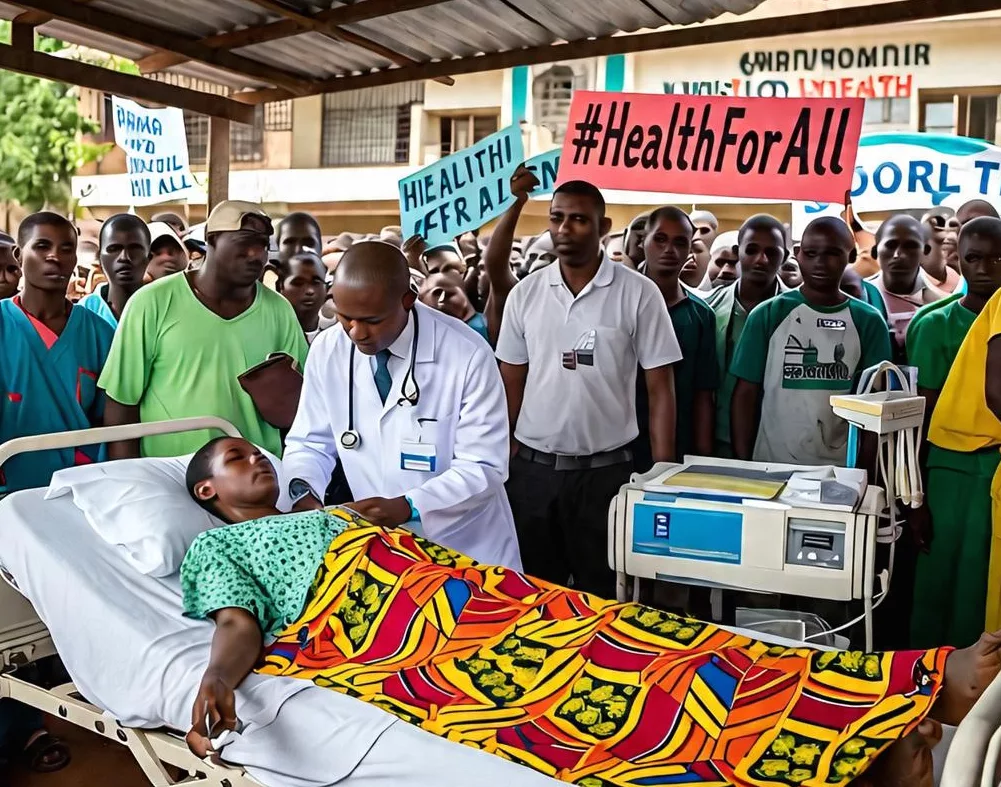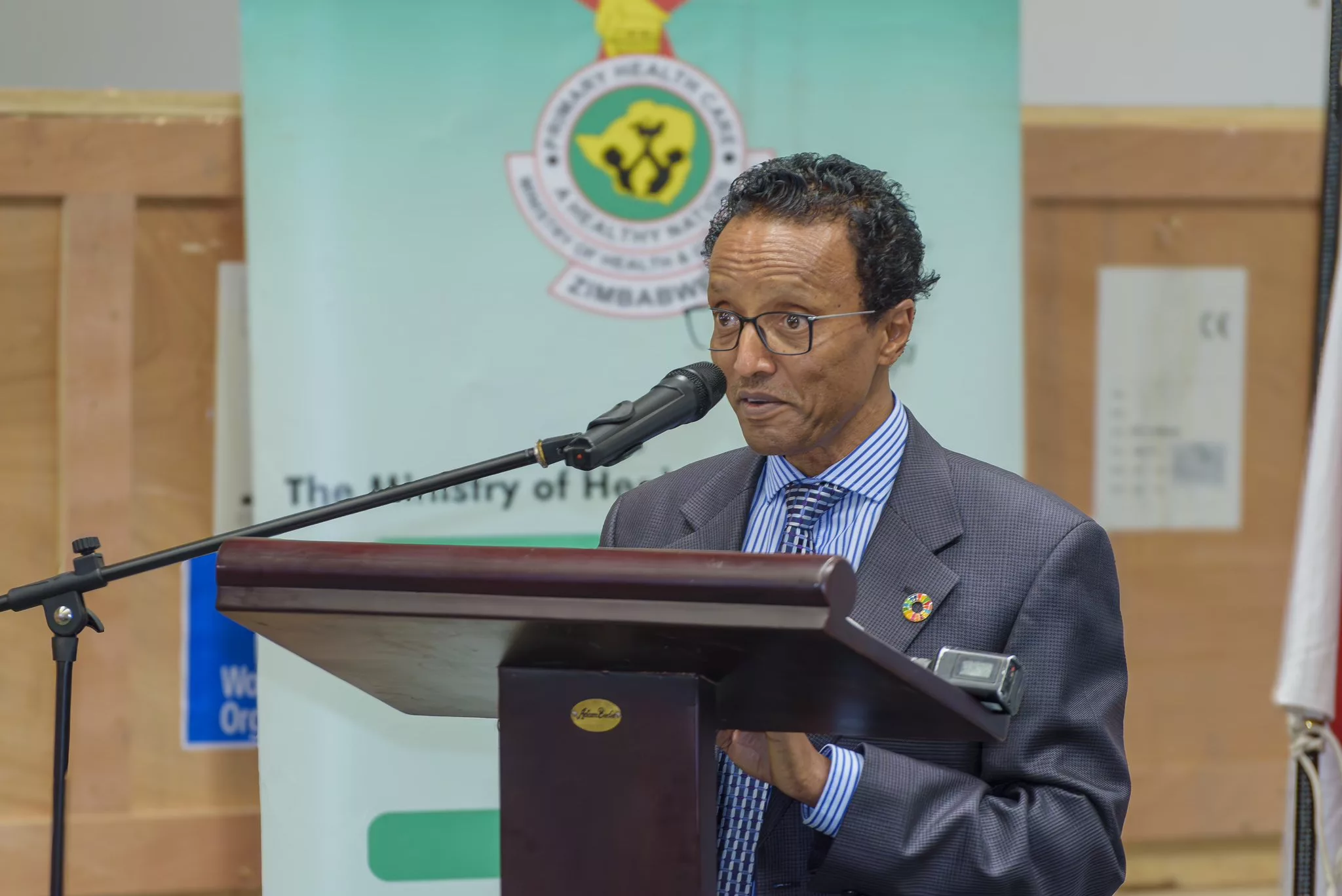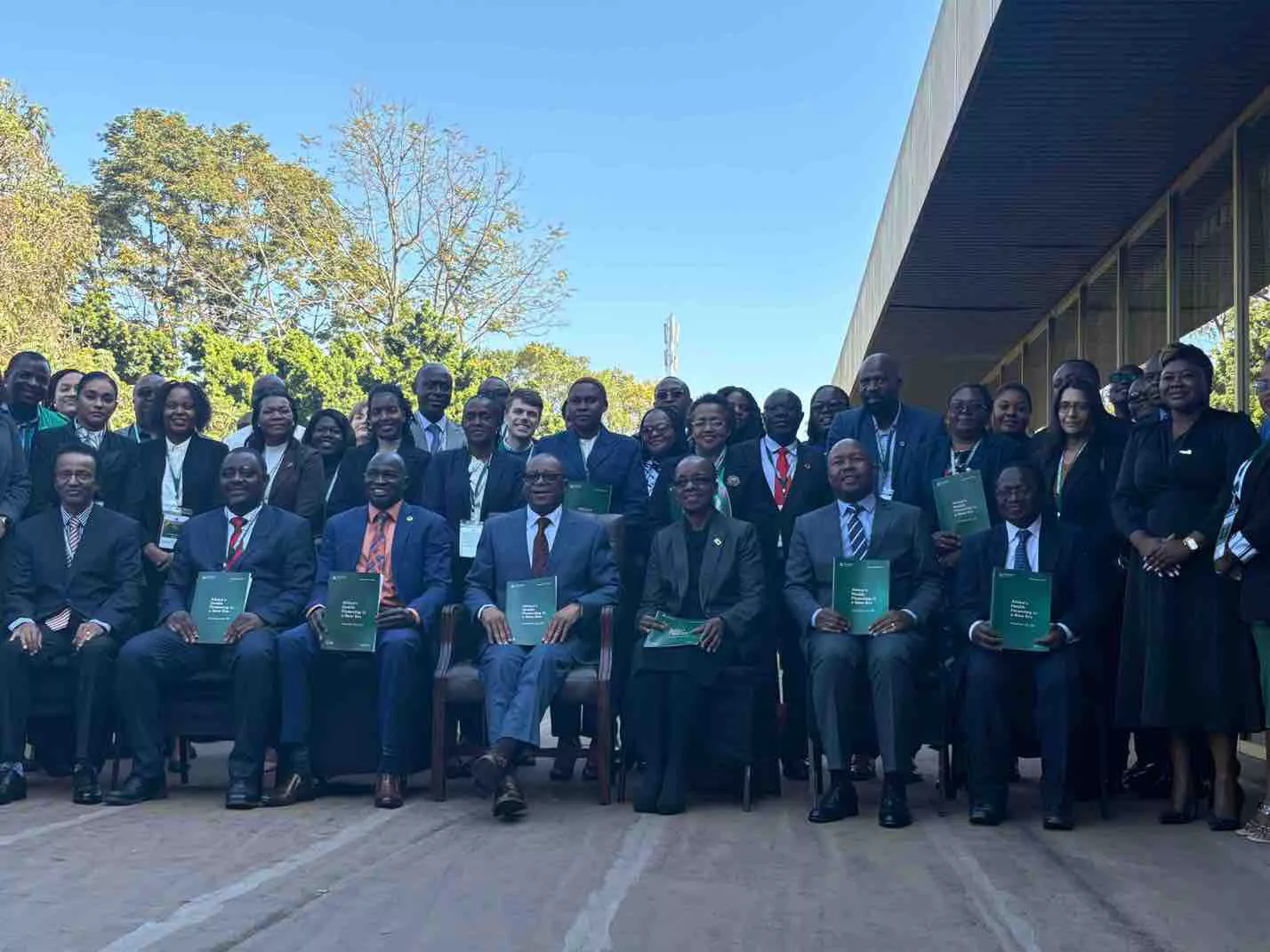Physical fights, sexual violence and bullying disrupt the education of 150 million 13-15 year-olds worldwide
NEW YORK, 6 September 2018 – Half of students aged 13 to 15 worldwide – around 150 million – report having experienced peer-to-peer violence in and around school, according to a new report released by UNICEF today.
An Everyday Lesson: #ENDviolence in Schools says that peer violence – measured as the number of children who report having been bullied in the last month or having been involved in a physical fight in the last year – is a pervasive part of young people’s education around the world. It impacts student learning and well-being in rich and poor countries alike.
“Education is the key to building peaceful societies, and yet, for millions of children around the world, school itself is not safe,” said UNICEF Executive Director Henrietta Fore. “Every day, students face multiple dangers, including fighting, pressure to join gangs, bullying – both in person and online, violent discipline, sexual harassment and armed violence. In the short-term this impacts their learning, and in the long-term it can lead to depression, anxiety and even suicide. Violence is an unforgettable lesson that no child needs to learn.”
The report outlines a variety of ways students face violence in and around the classroom. According to the latest available data from UNICEF:
- Globally, slightly more than 1 in 3 students aged 13-15 experience bullying, and roughly the same proportion are involved in physical fights.
- 3 in 10 students in 39 industrialised countries admit to bullying peers.
- In 2017, there were 396 documented or verified attacks on schools in the Democratic Republic of the Congo, 26 on schools in South Sudan, 67 attacks in the Syrian Arab Republic and 20 attacks in Yemen.
- Nearly 720 million school-aged children live in countries where corporal punishment at school is not fully prohibited.
- While girls and boys are equally at risk of bullying, girls are more likely to become victims of psychological forms of bullying and boys are more at risk of physical violence and threats.
- In Zimbabwe, The National Baseline Survey on the Life Experiences of Adolescents (NBSLEA,2013`) notes that 47% of females and 54% % of males had experienced physical violence from teachers before their 18th birthday.
- Thirty-two (32%) of males and four (4%) of females aged 18-24 who experienced sexual violence before their 18th birthday, indicated the first incident of sexual violence was committed by class mates (VACS Zimbabwe 2017).
The report notes that violence involving weapons in schools, such as knives and guns, continues to claim lives. It also says that in an increasingly digital world, bullies are disseminating violent, hurtful and humiliating content with the tap of a key. Apart from being a location where violence is committed, schools also play a key role in the detection and disclosure of violence occurring in the life of a learner, be this inside or outside the school premises.
An Everyday Lesson: #ENDviolence in Schools is released as part of the UNICEF #ENDviolence global campaign. It is also part of a collective effort to shed light on and spark action to #ENDviolence in and around schools by organizations including UNICEF, the United Kingdom’s Department for International Development (DFID), UNESCO, other members of the Global Partnership to End Violence Against Children and UNGEI.
As part of the campaign, UNICEF is holding a number of #ENDviolence Youth Talks around the world over the coming months. The series of student-led discussions will give young people a platform to share their experiences of violence and voice what they need to feel safe in and around school, and will inform a set of recommendations to global leaders.In July, UNICEF Goodwill Ambassador, Lilly Singh, launched the first Youth Talk in South Africa with a group of students aged 13 to 19.
To end violence in schools, UNICEF and partners are calling for urgent action in the following areas:
- Review national laws policies to outlaw corporal punishment, bullying and other forms of degrading punishment in all settings including the school.
- Implementing policies and legislation to protect learners from violence in schools
- Strengthening prevention and response measures inside and outside schools with diversified strategies for boys and girls as they disclose and seek services differently.
- Teacher training on the damaging effects of corporal punishment and the promotion to use alternative measures/positive discipline.
- Comprehensive pupils’ capacity building in safe reporting using both school and external resources.
- Build the capacity of teaching and non-teaching staff in comprehensive sexuality education, and identification of male and female learners experiencing violence
- Enhance linkages between violence detection systems in schools and national case management systems to secure seamless referral to specialised services for survivors and young perpetrators of violence.
- Review of formal and informal boarding accommodation and regulate providers to ensure secure accommodation for learners.
- Urging communities and individuals to join students as they speak up about violence and work to change the culture and gender norms within classrooms and communities.
- Collecting better, disaggregated data on violence against children in and around schools and sharing what works.
UNICEF is encouraging young people around the world to raise their voices to #ENDviolence in and around schools and to report how they are working together and what solutions they are using to #ENDviolence in and around schools once and for all. Find out more at httpss://uni.cf/end-violence.






